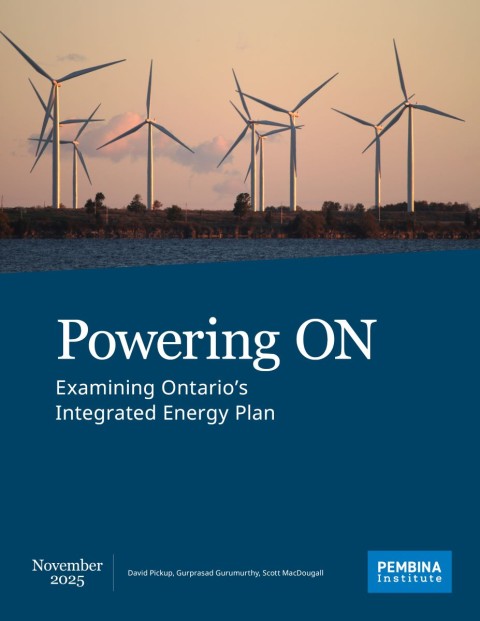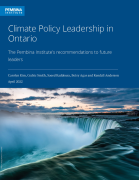Ontario’s electricity system is at a crossroads as the province anticipates an unprecedented growth in electricity demand of 75 per cent by 2050. The provincial government released an integrated energy plan in 2025 that it described as a "comprehensive roadmap" to meet those needs.
The decisions the province makes about how to power its future economy will determine whether or not it meets its goals of balancing affordability, reliability and energy security.
We examined other jurisdictions worldwide that are wrestling with this same challenge: how do you power an increasingly electrified economy in an affordable, secure, reliable and clean way? We found that the leading electricity grids are making wind, solar and storage the backbone of their future energy systems, driven by significant cost reductions, advances in technology, and the growth in flexible grid capacity.
We then examined Ontario's energy plan. Our analysis was technology neutral, evidence-based and focused on optimizing technology costs, development timelines, contributions to the grid, and emissions reductions, among other environmental impacts.
We offer two main insights to Ontario electricity system planners and decision-makers as they continue to plan the province’s future energy system:
- Managing risks: Ontario's reliance on natural gas power in the short term and nuclear power in the long term is a risky choice; it is likely to decrease energy security while increasing energy costs
- Maximizing opportunities: Ontario is out of step with global trends on renewable energy and should seek to deploy more of these technologies to meet its affordability and economic growth goals.
Read the report to find out more about how Ontario's risks could arise and how it could make the most of its renewable energy opportunities instead.












